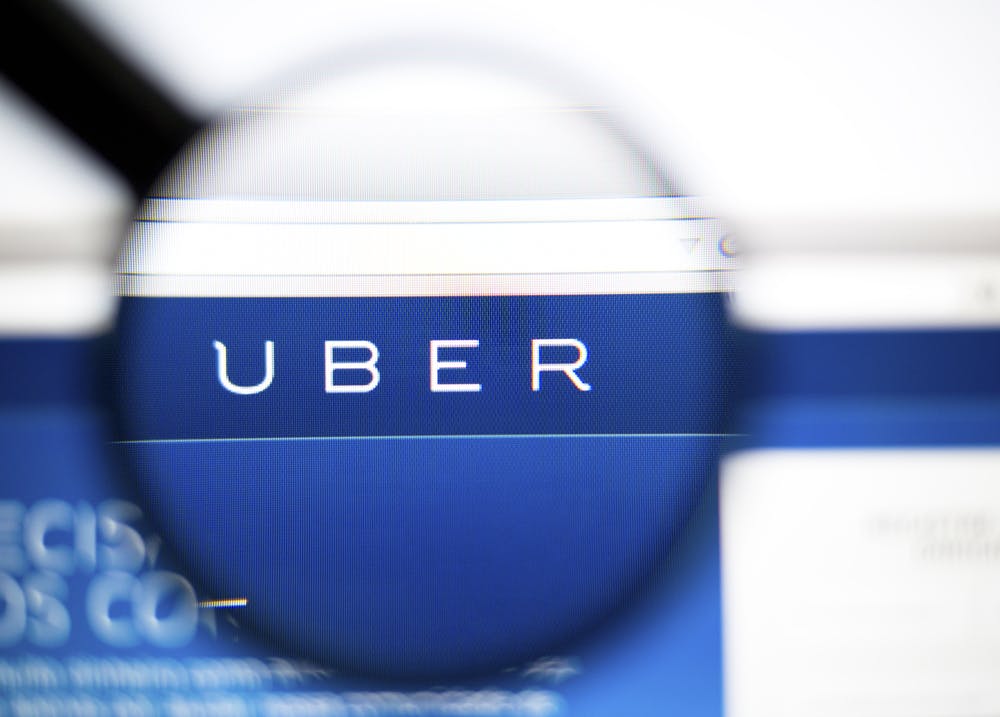Most industries have heard the term “Uberization” — the idea that if you apply the Uber model to an industry, it will bring disruption, change, and innovation to the market.
The taxi industry was disrupted significantly when Uber came into the marketplace in 2009 — offering a service that took advantage of a unique supply and demand issue. Uber was and has been successful because the demand (drivers) was not being serviced well by the existing supply (taxis).
Additionally, there was available excess supply (professionally licensed drivers) who were not previously able to enter the market with ease and scale. Uber offered a service that matched demand and supply in a way that that the traditional taxi model could not. Eventually this extended beyond “professionally licensed drivers,” creating an innovative way for people who wanted to make some extra money (using their own cars) to transport passengers.
This strategy brought incredible change with a highly effective business model and innovative solution that solved a consumer problem. This new Uber phenomenon has made many other industries take note of how this shift may correlate into their models. Which brings us to the changing landscape of the workforce.
The New Workforce
The global workforce continues to evolve, and we are seeing a tremendous shift in the way people are working — becoming more independent, mobile, and global. The days of only having traditional full-time employees who work out of a brick-and-mortar building are not what they used to be, and organizations are becoming borderless.
The evolving workforce now includes a combination of full-time employees, supplemented by a variety of consultants, contractors, temporary staffers, and freelancers. Technology advancements are breaking down barriers among these workers, enabling them to collaborate and engage in ways that didn’t used to be possible. As a result, organizations increasingly are noticing advantages of outsourcing many different various kinds of work.
This all begs the question: Is this the Uber model that we are seeing?
Some suggest the shift to more freelancer workers is the “Uberization of the Workforce.” However, this classification is incorrect.
The Freelance Model Is not the Uber Model
“Uberization” in the workforce implies that there is an economic shift in the industry supported by workers (supply) who want to maximize their free time (i.e. drivers who previously were not giving rides to people) to make some extra money. The freelance community, however, represents individuals who have a specific skillset that aligns with an organizational need. They don’t always have clear brand or organizational loyalty and might just want to work on interesting projects or gain new skills. Perhaps most importantly, they might just want the freedom that freelancing brings.
The “Uber Model” of creating an innovative way to address supply and demand is not an adequate comparison to what is happening today with the freelance workforce. There is no doubt that the industry is changing, but it is not necessarily about an excess of work (demand) with a shortage in workforce (supply).
What is emerging, however, is a pool of diverse individuals who want to engage and collaborate in specific ways that leverage their expertise. Organizations and HR professionals should understand how to capitalize on this, focusing on how they engage this new workforce effectively to fill skills gaps. And, the freelance community can help organizations do just that.
Understand Your Workforce
HR professionals can capitalize on a push and pull effect in the market today. Businesses are trying to determine how to get specific jobs done with very niche needs, and the freelance community is offering ways to tap into this market. Both can benefit tremendously from each other.
The shift toward freelance work will only become greater in the future, as it provides flexibility and agility in the workforce. Companies will face the challenge of how to source, engage, and manage this community, and understand when and how to utilize freelancers. Companies should consider the following questions to help guide the decision process of what role to fill and how to hire for it:
- Start by defining your overall business/project needs. What is the ultimate goal?
- Are you looking to fill a role in your organization long-term and/or at a specific location? Does it have to be on site or can it be off site?
- Determine your desired outcome. Look at the overall goal of what you are trying to accomplish.
- What will it cost for the job to get done? And, how long will it take?
The answers to these questions serve as a starting point for taking a more strategic approach to the workforce and understanding if you need a freelancer, a consultant, contractor, or different type of employee. This requires a new way of thinking about independent workers and how they can fill roles traditionally held by permanent employees.
According to the Freelance Union, there are roughly 53 million people doing freelance work in the U.S. — which equates to 34 percent of the overall national workforce. That’s quite a change in the industry. Organizations must take note of and understand how to address such changes, prepare for success in this rapidly evolving environment, and use expertise and resources from a mixed talent pool of freelance and traditional workers that best suits their needs now and into the future.
